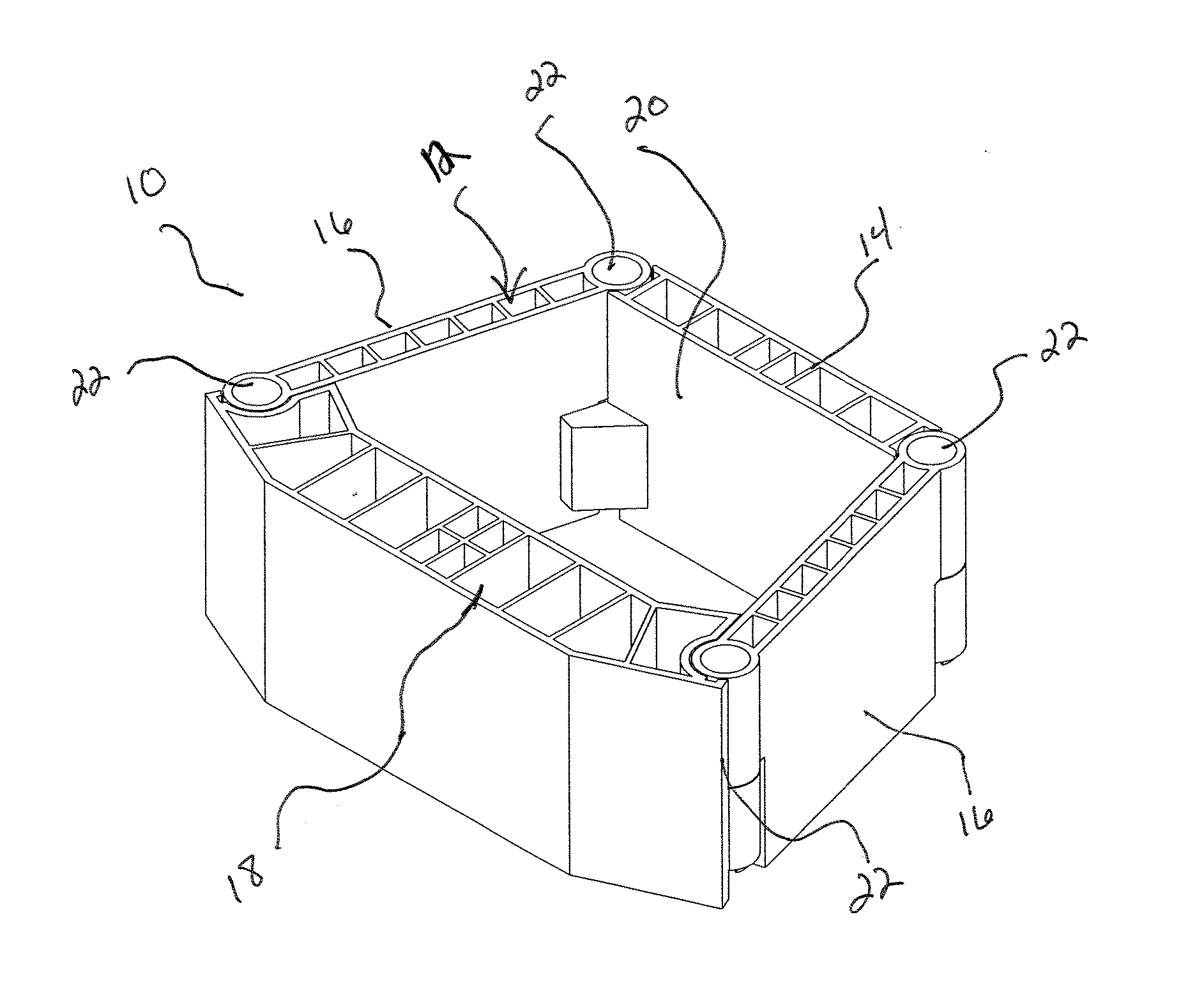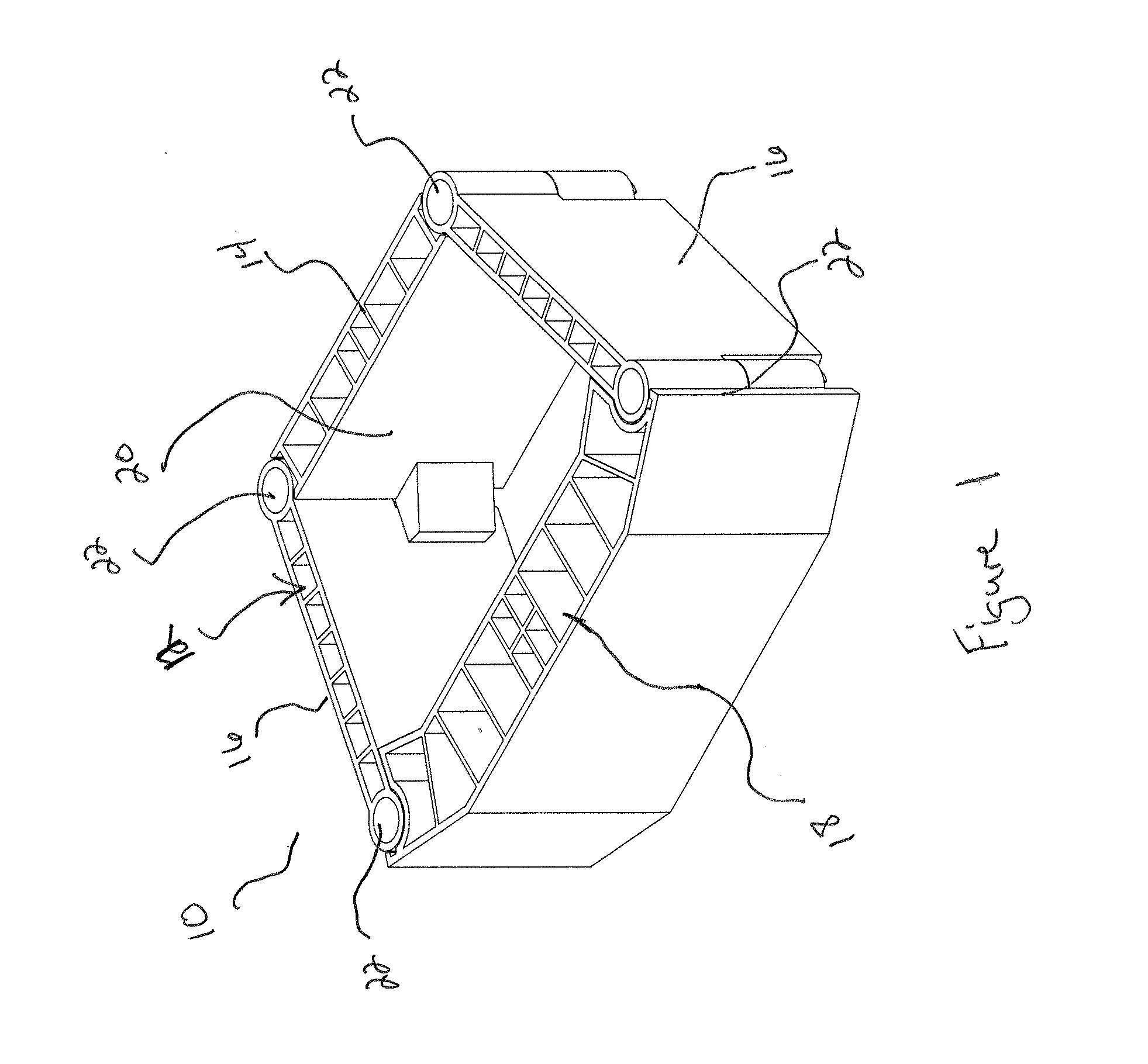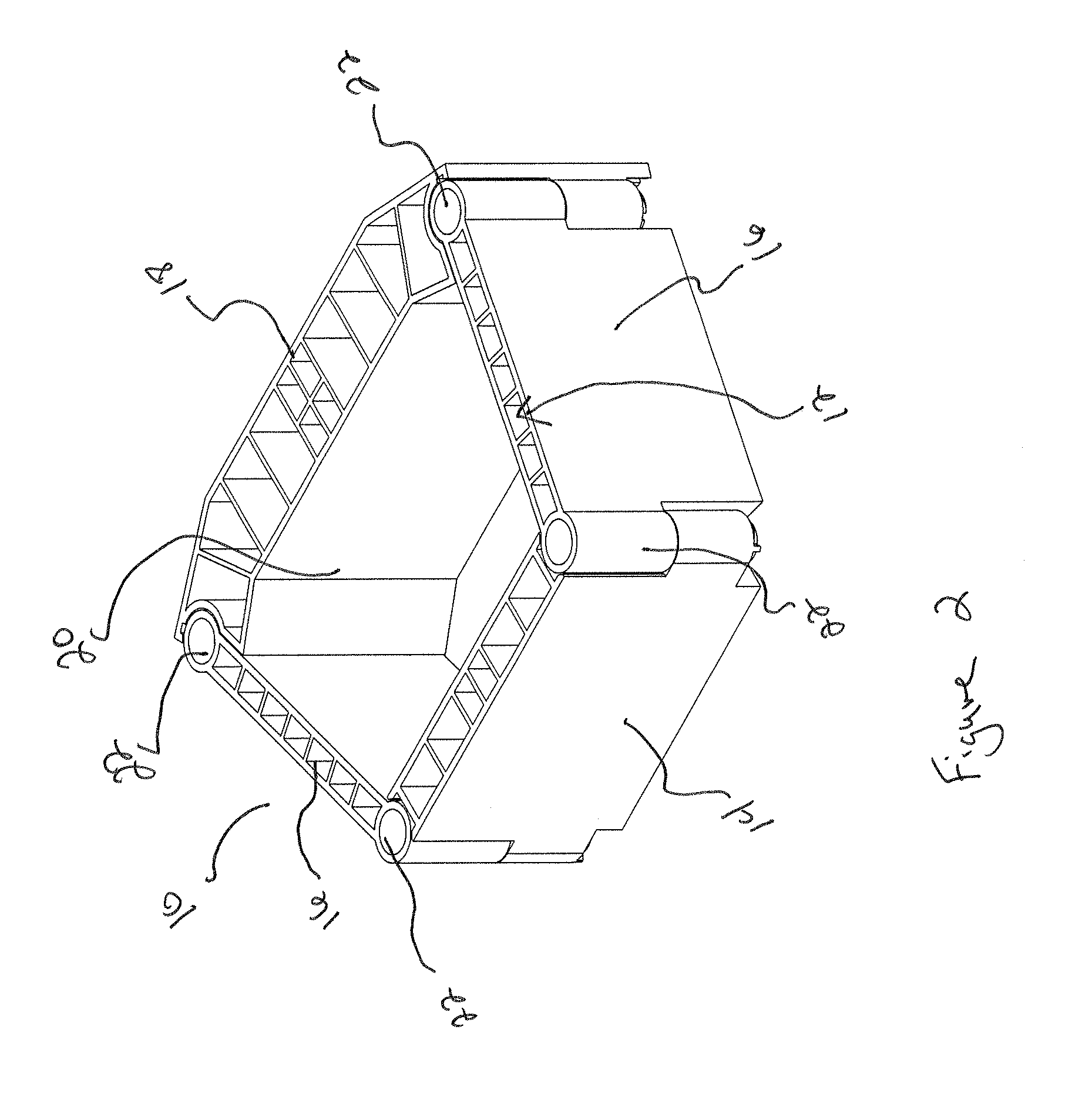Continuous chamber mass confinement cells and methods of use thereof
a technology of confinement cells and chambers, which is applied in the direction of mining structures, artificial islands, excavations, etc., can solve the problems of water, etc., and affecting the sand retention wall's ability to withstand sunlight, wind and water
- Summary
- Abstract
- Description
- Claims
- Application Information
AI Technical Summary
Benefits of technology
Problems solved by technology
Method used
Image
Examples
example 1
[0163]
HIGH SOLIDS ALLPHATIC POLYURETHANE120 SeriesDESCRIPTIONHigh Solids 3.5 V.O.C. two component polyurethane for metal, plastic,and interior wood. It is used for industrial and automotive applications.This system has excellent chemical and stain resistance. It has shownexcellent adhesion to many substrates with good mar and abrasionresistance and it has 2-3H hardness.CHARACTERISTICSDensity - lbs / gal:7.95-13.0Solids, wt. %:51-70Solids, volume:42.9-60Viscosity:35-42 Sec.Flash Point ° F.80Application Method:Conventional of HVLPReduction for Application:5-base; 1-XL009; 1-acetone6-base; 1-XL003; 1-20LT161Pot Life:3-HRS @ 70° F.Cure Schedule:30 min @ 180° F.Gloss 60°:Flat to 96VOC as supplied - lbs / gallon:3.0-3.6VOC as applied - lbs / gallon:2.9-3.5
example 2
[0164]
MEDIUM SOLIDS ALLPHATIC POLYURETHANE121 SeriesDESCRIPTIONThe 121 Series is a medium solids, low temperature cure two componentpolyurethane for use on metal and plastic. It is used for industrial andautomotive applications. This system has excellent chemical, stain,and water soak resistance. It has good adhesion to many substrateswith good mar and abrasion resistance and it has 2H hardness.CHARACTERISTICSDensity - lbs / gal:7.92-11.0Solids, wt. %:45-67Solids, volume:37-48Viscosity:45 sec Zahn#2Flash Point ° F.78Application Method:HVLP; Conv.Reduction for Application:4-base; 1-XL0095-base; 1-XL003Pot Life:2 hrs @ 70° F.Cure Schedule:35 min @ 160° F., Air Drytack free 40 minGloss 60°:Flat to 96VOC as supplied - lbs / gallon:3.6-4.3VOC as applied - lbs / gallon:3.37-4.0
Both polymer adhesion paints of Examples 1 and 2 are manufactured and distributed by:
PUM
 Login to View More
Login to View More Abstract
Description
Claims
Application Information
 Login to View More
Login to View More - R&D
- Intellectual Property
- Life Sciences
- Materials
- Tech Scout
- Unparalleled Data Quality
- Higher Quality Content
- 60% Fewer Hallucinations
Browse by: Latest US Patents, China's latest patents, Technical Efficacy Thesaurus, Application Domain, Technology Topic, Popular Technical Reports.
© 2025 PatSnap. All rights reserved.Legal|Privacy policy|Modern Slavery Act Transparency Statement|Sitemap|About US| Contact US: help@patsnap.com



